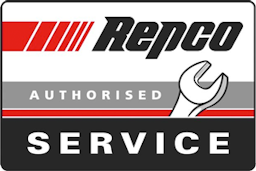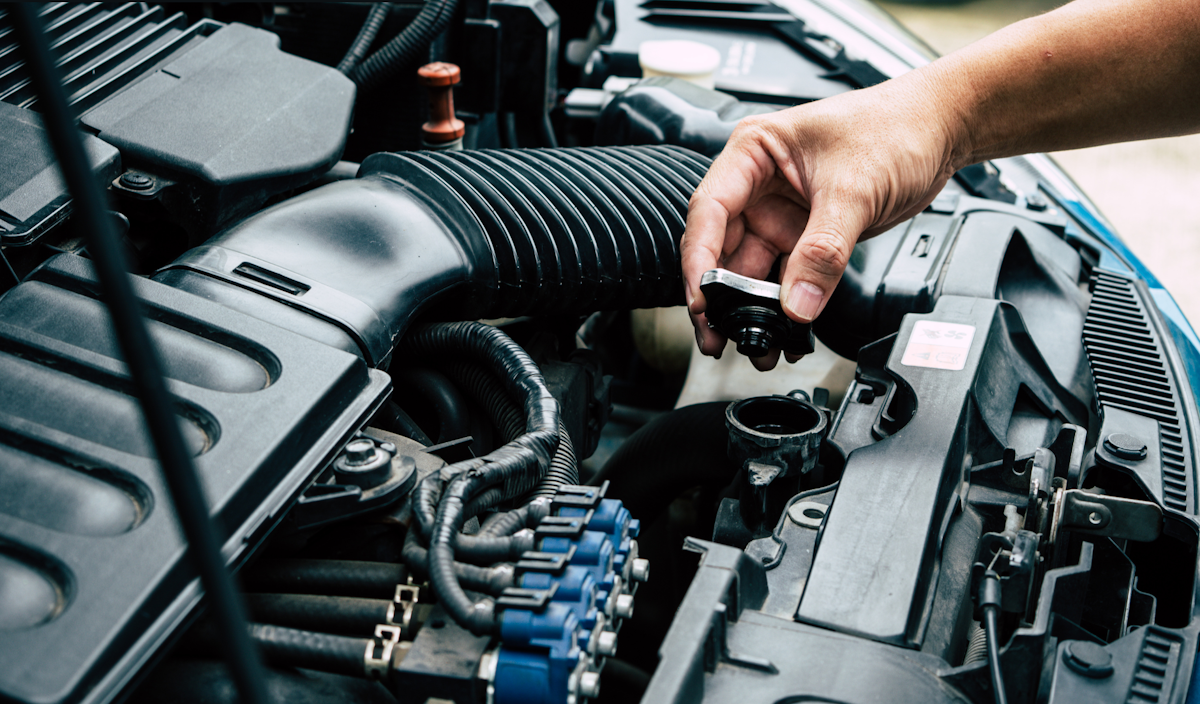
What are the differences between a 4WD and a Car Service?
Blackwood Dyno Tune & Service explains 10 differences of servicing a 4WD vehicle versus a passenger vehicle. It explains the higner cost of servicing and the extra time needed to maintain it.
Read more




